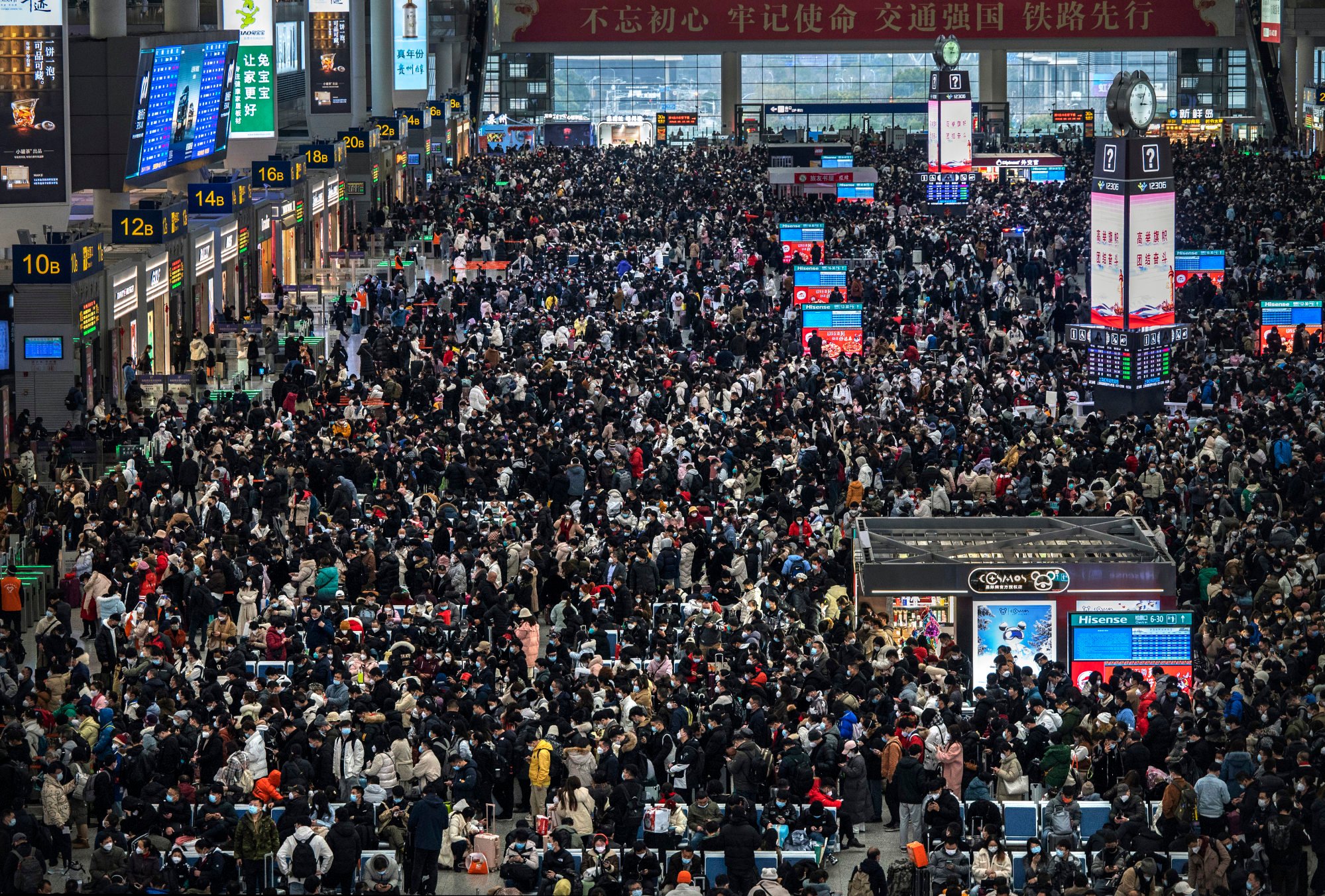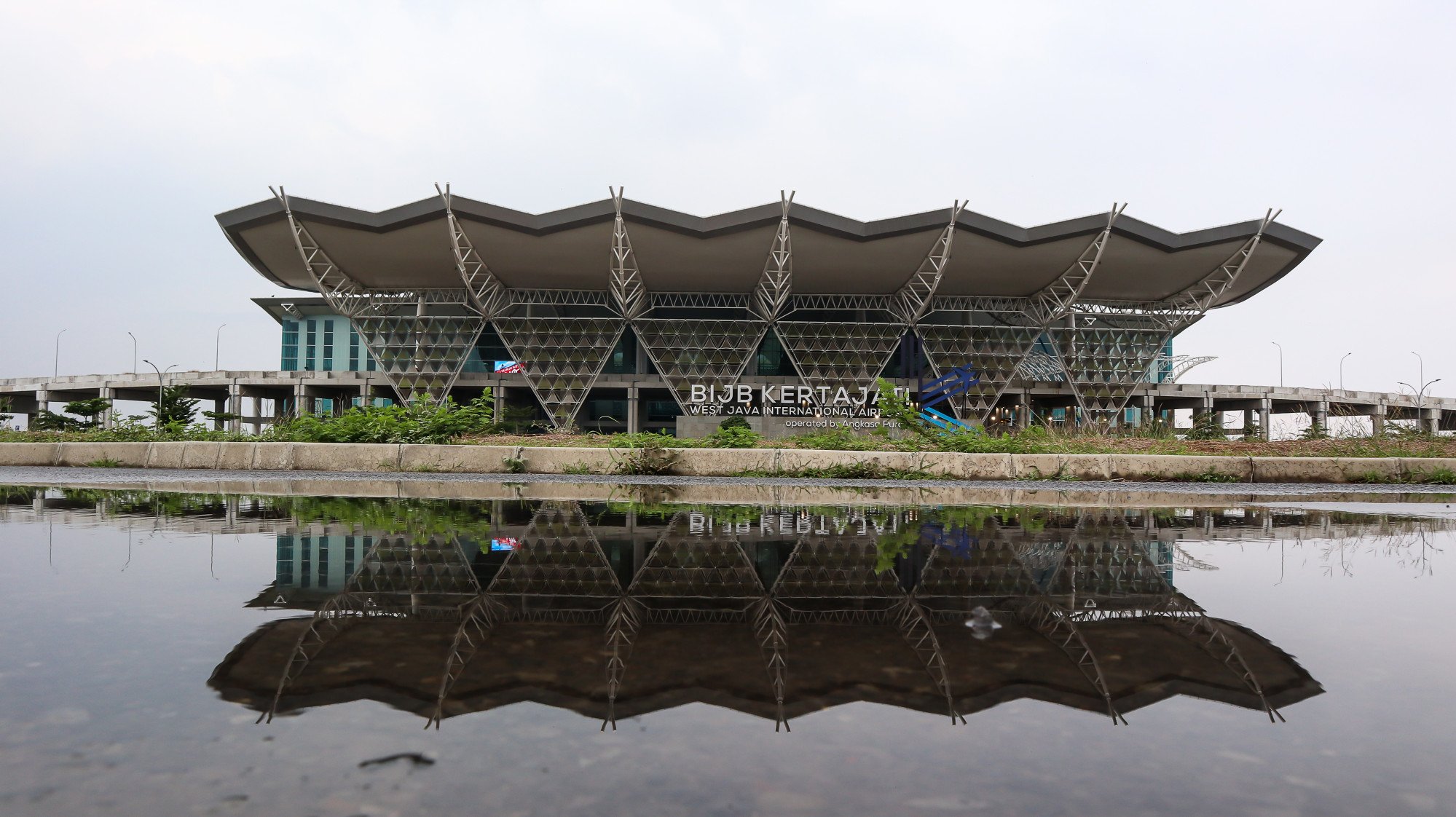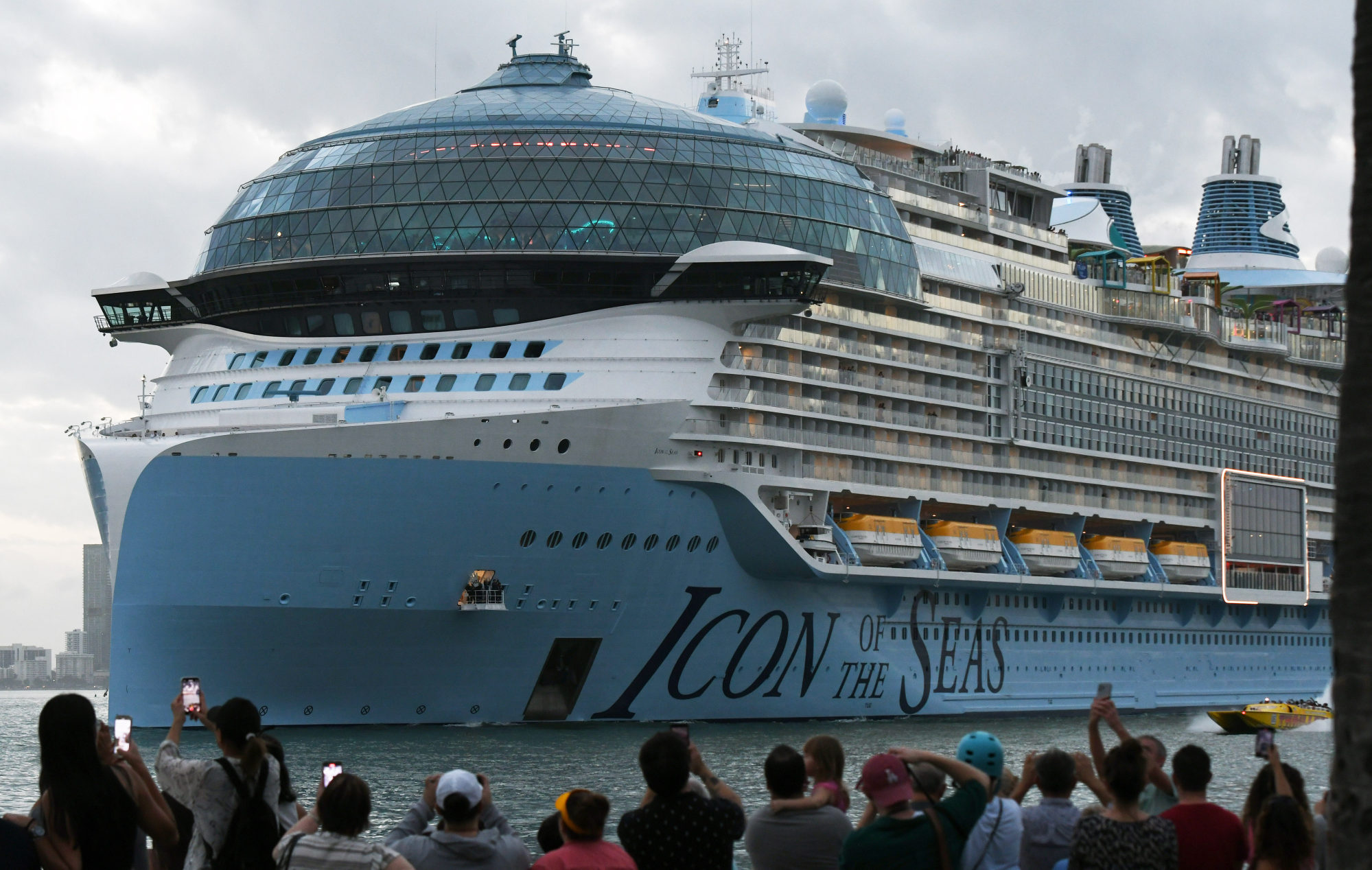
China expects 9 billion domestic trips over Lunar New Year holiday. Indonesia could use some of those travelling Chinese, with its underused roads and airports
- Lunar New Year is a time for families to gather in China and it seems the whole country will be on the move, in the type of migration Indonesia needs
- Meanwhile, the maiden voyage of Icon of the Seas, the world’s biggest cruise ship, signals buoyant times for an industry that’s drawing more young customers
If we had a dollar for every domestic trip taken in mainland China during the Lunar New Year holiday period, we’d have a tidy 9 billion bucks.
The Great Human Migration is under way, as families reunite to welcome in the Year of the Dragon.
Nine billion!

“That would be nearly double the 4.7 billion trips made during the so-called Spring Festival travel rush in 2023 when ultra-strict Covid-19 restrictions were abolished,” says Reuters.
China Central Television reckons that about 80 per cent of those trips will be taken by car, with 480 million journeys by train and 80 million by plane.
Where is Asia’s longest escalator and will Malaysia challenge the title?
The demand for travel tickets on January 26, the first day of this year’s rush, was such that even the world’s largest high-speed rail network was unable to keep up.
Reuters spoke to Miranda Guo, a 25-year-old cartoonist at a Hangzhou-based technology firm, who “was lucky to have secured a seat on a bullet train to Jinan. But that was only after forking out an additional 60 yuan [US$8.50], 13 per cent of the ticket price, on an ‘accelerator package’ offered by third-party booking apps”.
Guo told the newswire: “It’s hard to buy a ticket this year, with almost all my colleagues failing to get tickets. Many of them are still on waiting lists.”
To help with the airport queues, Air China has “arranged nearly 1,700 flights per day during the 40-day chun yun travel period to meet the extraordinary demand, representing a 32 per cent increase from 2019”, reports the Post.

China’s aviation authorities have, we’re told, arranged more than 2,500 additional flights to Southeast Asia and other international Asian destinations over the Lunar New Year holiday.
One country that could do with seeing some of those migrating masses, as well as some of that fictional 9 billion dollars, is Indonesia.
Austrian capital Vienna touts ‘life-seeing’ tourism for wealthy visitors
Bloomberg reports that state-run builders are struggling to make returns on an extensive network of airports, railways and toll roads promised by President Joko Widodo when he took office a decade ago.
Sixteen new airports and 18 ports have been built, and more than 2,000km (1,250 miles) of toll roads laid, but, although some of Jokowi’s infrastructure projects are regarded as successes, many are taking on the floppy-eared characteristics of a white elephant.
Take, for example, Kertajati International, “a sprawling airport on Indonesia’s largest island [Java, that] boasts an annual capacity that rivals Sydney’s gateway – yet hosts only a few flights a week”.
Kertajati was built for 4.9 trillion rupiah (US$310 million), has two runways to accommodate the largest airliners and boasts an annual capacity of 29 million passengers, says Bloomberg. But it sits 100km (60 miles) from the region’s largest metropolis, Bandung, with no public transport or major highways connecting the two.

“Since opening in 2018, Kertajati has sat mostly empty, with sporadic commercial flights to Kuala Lumpur and the occasional pilgrimage site. The airport is so deserted that couples use the space for wedding photoshoots,” reports Bloomberg.
Not all of the new roads are busy, either: “In Sumatra, sections of a costly [74km] toll road have such little traffic that they’re populated by cattle or used for driving lessons.”
Still, it might all prove useful one day. Build it and they will come. Eventually. Maybe. Hopefully.

Cabin fervour
Given the definition of an “icon” as “a thing regarded as a representative symbol or as worthy of veneration”, it’s tempting to consider the Icon of the Seas as symbolic of the stunning post-pandemic rebound of the cruise industry.
With ships having acted as incubators for the virus in the early days of the Covid-19 pandemic, it was by no means certain the industry would recover once the world opened up again.

“Videos of life aboard another Royal Caribbean ship, the Serenade of the Seas, six weeks into a nine-month Ultimate World Cruise, [have] become a viral sensation,” reports Henry Wismayer, in a Business Insider article.
“Posts with the hashtag #ultimateworldcruise, most of them created by millennial and Gen Z influencers, [have] accrued over 350 million views on TikTok alone.”
This newly acquired appeal is no accident. You don’t stuff boats full of pools, aquaparks with water slides, climbing walls, ice-skating rinks, karaoke bars, escape rooms and obstacle courses to attract more retirees.
And the new crowd were quick off the mark. When reservations for the Icon – which has all the attributes above as well as a stern surely designed with Instagram in mind – were opened in October 2022, Royal Caribbean saw the largest number of bookings on a single day in its 53-year history, Wismayer notes.
India’s cruise industry sees buoyant future, but blue economy not so green
“While overseas travel has become freighted with anxiety post-pandemic, a cruise ship […] is the ultimate contained environment – convenient, predictable, and hassle-free. From the moment of boarding, a passenger is insulated from the variables and complexities of travelling in a foreign place,” says Wismayer.
Many passengers don’t even risk disembarking at any of their ship’s ports of call.
“The food and drink are always flowing. Your luggage is never far away. The entertainment runs 24/7. Adrift on a parallel world of rest and recreation, the ships take you away from terrestrial concerns and, by extension, away from moral scruples.”
Put that way, it’s possible to see how this particular escape from the daily grind might seem worthy of veneration.

